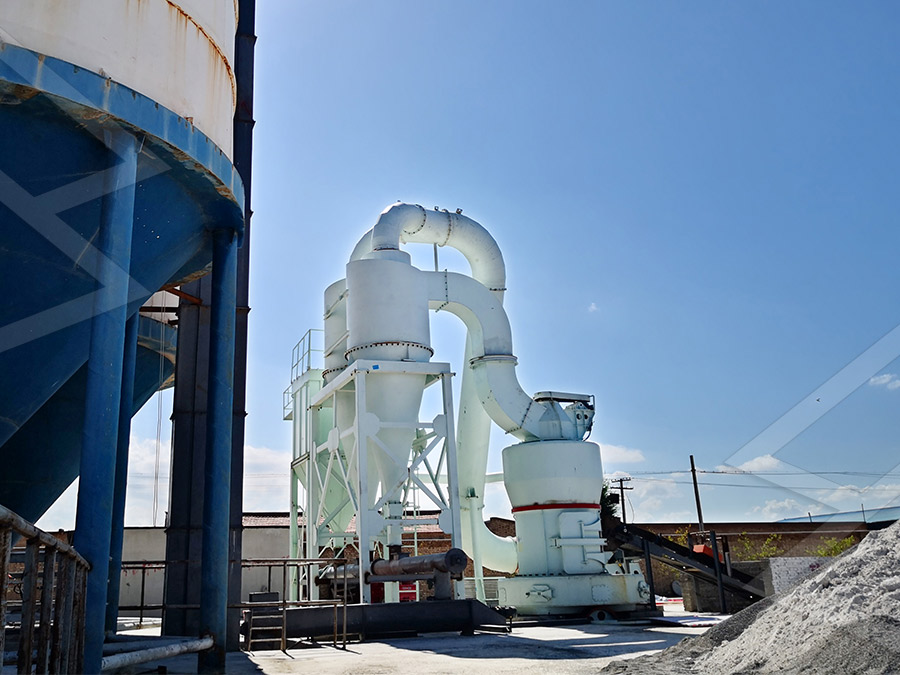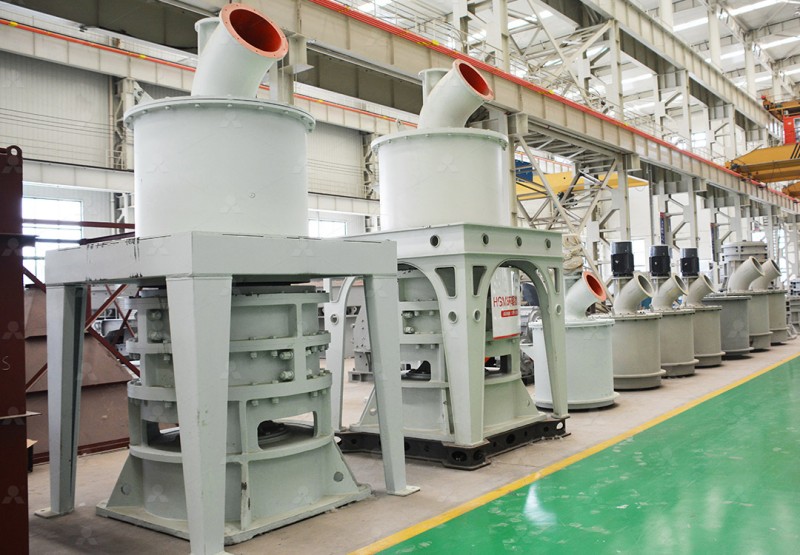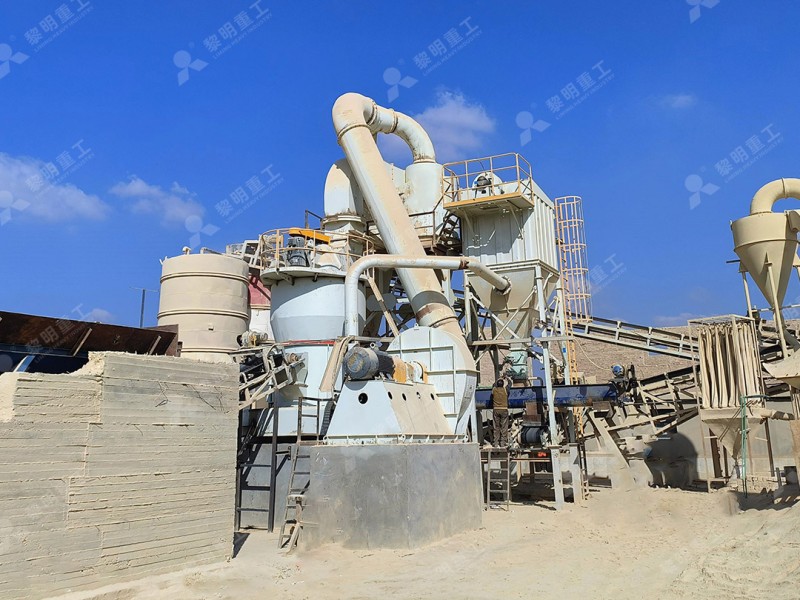Wollastonite Powder Processing: Micro Powder Grinding Mill Applications
Wollastonite Powder Processing: Micro Powder Grinding Mill Applications
Wollastonite, a naturally occurring calcium silicate mineral, has gained significant importance across various industrial sectors due to its unique needle-like structure, bright whiteness, and low moisture content. The processing of wollastonite into fine and ultra-fine powders unlocks its full potential, making it a valuable additive in plastics, ceramics, paints, and construction materials. The key to achieving the desired particle size distribution and preserving its acicular morphology lies in selecting the appropriate grinding technology.

Traditional grinding methods often fail to preserve the high aspect ratio of wollastonite particles, leading to a reduction in its reinforcing capabilities. Furthermore, achieving a consistent fineness below 10 microns requires advanced milling systems designed for precision and efficiency. This is where modern micro powder grinding mills demonstrate their superiority, offering controlled grinding environments that minimize particle destruction and optimize energy consumption.
The Role of Advanced Grinding Technology
For processors seeking to produce high-quality wollastonite powder with fineness ranging from 325 to 2500 meshes, the technological features of the grinding equipment become paramount. The ideal system should offer adjustable fineness control, high classification accuracy, and minimal iron contamination to maintain the product’s whiteness and chemical purity.
Among the available options, our MW Ultrafine Grinding Mill stands out as an exceptional solution for wollastonite processing. Engineered for customers requiring ultra-fine powder production, this mill handles input sizes of 0-20 mm with capacities ranging from 0.5 to 25 tons per hour. Its innovative design incorporates a German-technology cage-type powder selector that enables precise fineness adjustment between 325-2500 meshes, achieving a remarkable screening rate of d97≤5μm in a single pass.

Key Advantages for Wollastonite Processing
The MW Ultrafine Grinding Mill delivers significant benefits specifically valuable for wollastonite applications. Its higher yielding and lower energy consumption characteristics are particularly noteworthy – with production capacity 40% higher than jet grinding mills and energy consumption reduced to just 30% of comparable systems. This efficiency translates directly to improved operational economics for wollastonite processors.
Another critical advantage is the mill’s unique construction that eliminates rolling bearings and screws within the grinding chamber. This design innovation prevents common failure points and eliminates machine damage caused by loose screws, while the external lubricating device enables continuous 24-hour operation without shutdowns for maintenance. For wollastonite producers requiring consistent output quality and minimal downtime, this reliability proves invaluable.
Environmental considerations are equally addressed through integrated pulse dust collection and noise reduction systems. The efficient pulse dust collector ensures no dust pollution during operation, while silencers and noise elimination rooms maintain workplace comfort and regulatory compliance. The entire production process adheres to national environmental protection standards, making it a responsible choice for modern mineral processing facilities.
Alternative Solutions for Specific Requirements
For operations with different production parameters, our LUM Ultrafine Vertical Grinding Mill presents another sophisticated option. With an input size of 0-10 mm and capacity of 5-18 tph, this mill incorporates the latest Taiwanese grinding roller technology and German powder separating technology. Its unique roller shell and lining plate grinding curve design specifically addresses challenges like materials’ long lingering time and repeated grinding, which is crucial for maintaining wollastonite’s structural integrity.
The LUM mill’s double position-limiting technology provides exceptional operational stability, preventing destructive impacts during machine vibration. Meanwhile, its reversible structure simplifies maintenance procedures – a significant advantage when processing abrasive materials like wollastonite. The PLC control system and multi-head powder separating technology enable precise control over grinding parameters, reducing energy consumption by 30%-50% compared to conventional mills.

Conclusion
The transformation of raw wollastonite into high-value powder requires precision grinding technology that balances production efficiency, product quality, and operational reliability. Advanced micro powder grinding mills like the MW Ultrafine Grinding Mill and LUM Ultrafine Vertical Grinding Mill provide the technological foundation for wollastonite processors to meet evolving market demands while maintaining competitive operational costs. By selecting equipment with the appropriate technical specifications and performance characteristics, producers can optimize their wollastonite powder quality for specific application requirements across diverse industrial sectors.
Frequently Asked Questions
What is the optimal fineness range for wollastonite in plastic reinforcement applications?
For plastic reinforcement, wollastonite powders with fineness between 800-1250 meshes typically provide the best balance between aspect ratio preservation and reinforcement properties. The MW Ultrafine Grinding Mill can precisely target this range with its adjustable fineness control.
How does the MW Ultrafine Grinding Mill prevent iron contamination in wollastonite powder?
The mill’s innovative design eliminates rolling bearings in the grinding chamber, significantly reducing potential sources of iron contamination. Additionally, the absence of direct metal-to-metal contact in critical areas helps maintain the natural whiteness of processed wollastonite.
Can the same grinding mill process different mineral powders besides wollastonite?
Yes, the MW Ultrafine Grinding Mill is versatile and capable of processing various non-metallic minerals including limestone, calcite, dolomite, talc, and barite. This flexibility allows processors to handle multiple mineral products with the same equipment.
What maintenance requirements should be expected with the MW Ultrafine Grinding Mill?
The mill is designed for minimal maintenance with its external lubrication system and absence of internal rolling bearings. Regular maintenance primarily involves monitoring wear parts and the external lubrication system, which can be performed without production shutdowns.
How does the energy consumption of modern grinding mills compare to traditional ball mills?
Advanced mills like the MW Ultrafine Grinding Mill typically reduce energy consumption by 30-40% compared to traditional ball mills while achieving higher production capacity and superior product quality, making them both economically and environmentally preferable.
